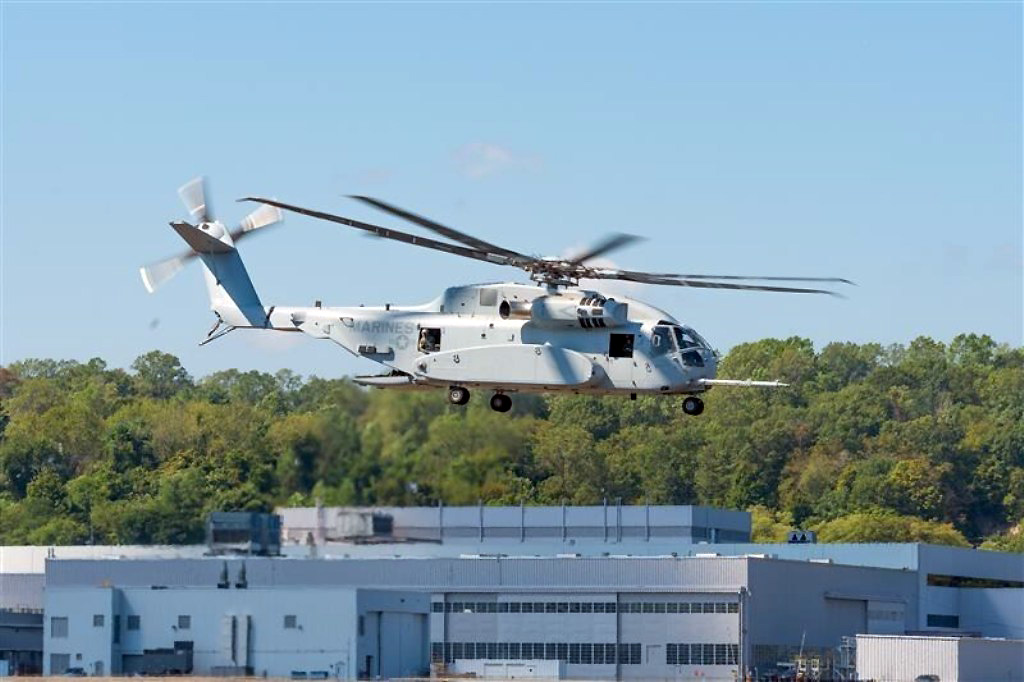The Icebreaker Bidding War: A Clash of Canadian and Finnish Shipbuilders
In the icy waters of the Arctic, a unique competition is unfolding between Canadian and Finnish shipbuilders aiming to secure a lucrative contract for icebreaker production destined for the United States Coast Guard. This strategic endeavor stems from President Donald Trump’s stated interest in acquiring a fleet of 40 new icebreakers to bolster U.S. capabilities in the polar regions, which raises critical questions related to speed, national security, and the revitalization of America’s own shipbuilding industry.
Finnish Aspirations: Icebreaker Diplomacy
Helsinki is positioning itself as a frontrunner in this bidding war with a clear-eyed strategy. Finnish President Alexander Stubb has publicly articulated his hopes that what he dubs “icebreaker diplomacy” will not only enhance bilateral relations between Finland and the U.S. but also secure contracts for his country’s shipbuilders. Finland has a solid reputation for innovative icebreaker technology, making it an attractive partner for the U.S. as it seeks to modernize its fleet.
David Hargreaves, senior vice president of business development at Seaspan, acknowledges the competitive landscape. He noted that discussions are underway about leveraging Finnish designs to manufacture these vessels within U.S. shipyards. Such an arrangement would serve U.S. laws aimed at fostering domestic industry while potentially expediting construction due to Finland’s advanced design expertise.
Canadian Contenders: A Robust Shipbuilding Industry
While Finland is making strides, Canada’s shipbuilding sector is responding with equal fervor. Renowned for its capabilities in constructing icebreakers, Canadian shipyards are keen to partake in this opportunity. Their experience in building Arctic-capable vessels positions them as a viable competitor.
Hargreaves points out that the U.S.’s priorities will play a vital role in the decision-making process. If speed is the crux of the selection, Finland may emerge as the preferred choice due to its operational efficiencies. However, if sustaining and revitalizing American shipbuilding is paramount, then Canada’s established industry could attract significant attention.
National Interests and Sovereignty
A prominent aspect of this bidding war revolves around U.S. legislation mandating that most Coast Guard vessels and their critical components must be built in American shipyards. This law is intended to protect national interests and bolster domestic employment. However, exceptions can be authorized at the presidential level, which gives the current administration some leeway to consider international options.
The prevailing sentiment in Washington leans toward expediting the delivery of new icebreakers, particularly as existing vessels age. A 2023 Coast Guard fleet analysis indicates a pressing need for 8 to 9 modern polar icebreakers, including several heavy-duty units. This urgency adds further pressure to the competition as both Canadian and Finnish shipbuilders strive to meet American needs swiftly.
The Hybrid Approach: Merging Strategies
An intriguing possibility outlined by Hargreaves is a hybrid approach where the U.S. could opt to procure a limited number of icebreakers from Finland for immediate needs while concurrently developing a program to build additional vessels domestically. This strategy would allow Washington to quickly shore up its Arctic capabilities without sacrificing long-term domestic investment in shipbuilding.
The Broader Context: A Web of Trade Relations
Amid this competitive climate, trade relations between Canada and the U.S. have experienced turbulence, characterized by tariffs and retaliatory actions. Nonetheless, the shipbuilding sector has largely remained insulated from these economic strains. Hargreaves emphasizes that businesses like Seaspan are focused on opportunities rather than getting embroiled in political disputes, pursuing long-term goals rather than short-lived gains.
Collaborative Efforts: The ICE Pact
As Canadian and Finnish shipbuilders jockey for position, the trilateral Icebreaker Collaboration Effort, or ICE Pact, remains a beacon of cooperation among the three nations. This initiative is designed to leverage the unique capabilities of each country on icebreaker design and production, workforce development, and research concerning polar environments.
With representatives set to meet in Helsinki again in May, discussions will undoubtedly focus on solidifying collaborative efforts and examining how best to combine resources for effective icebreaker solutions while fostering a spirit of collaboration in this strategically vital region.
Recognizing the importance of building strong partnerships in icebreaker technology is crucial not just for national pride but for ensuring the safe navigation and protection of the increasingly accessible Arctic waters.





